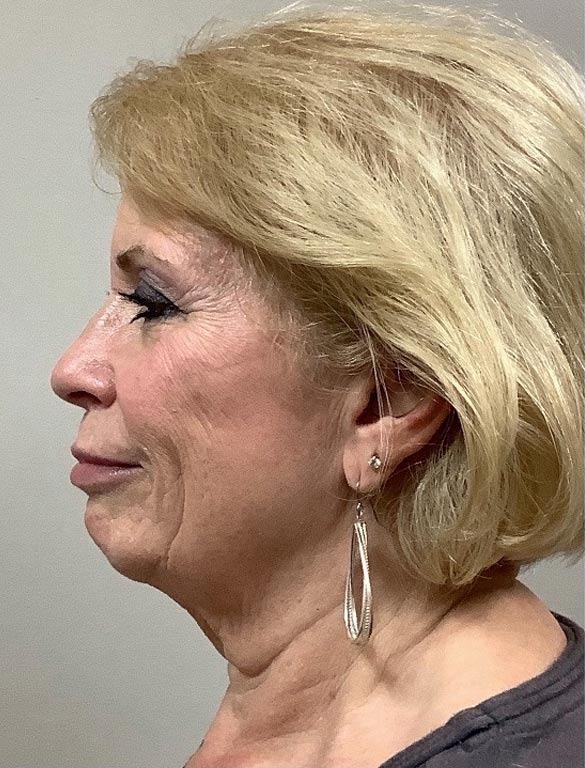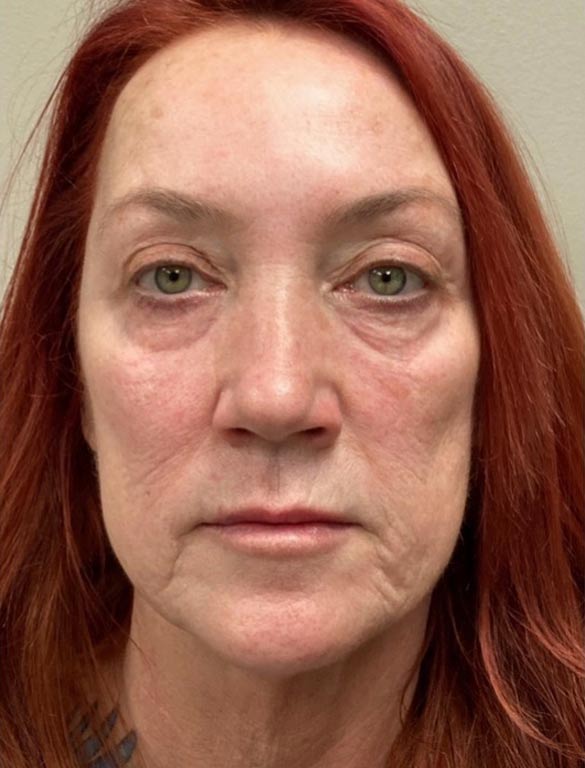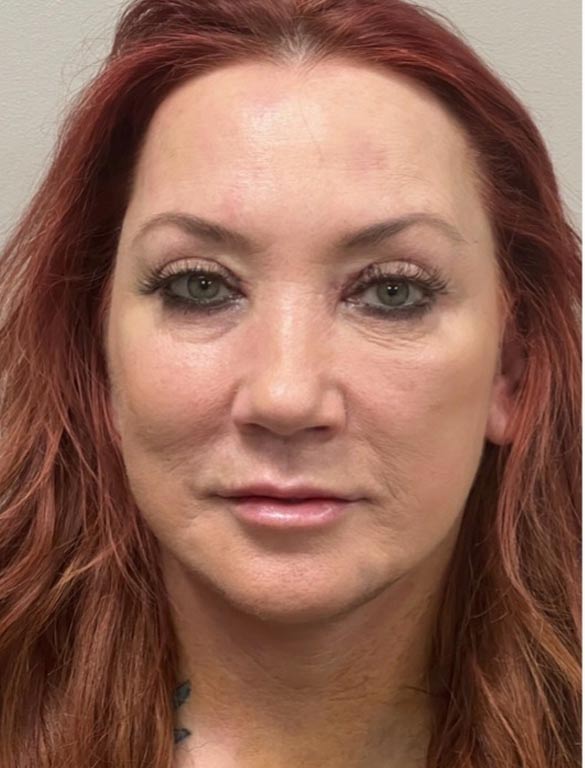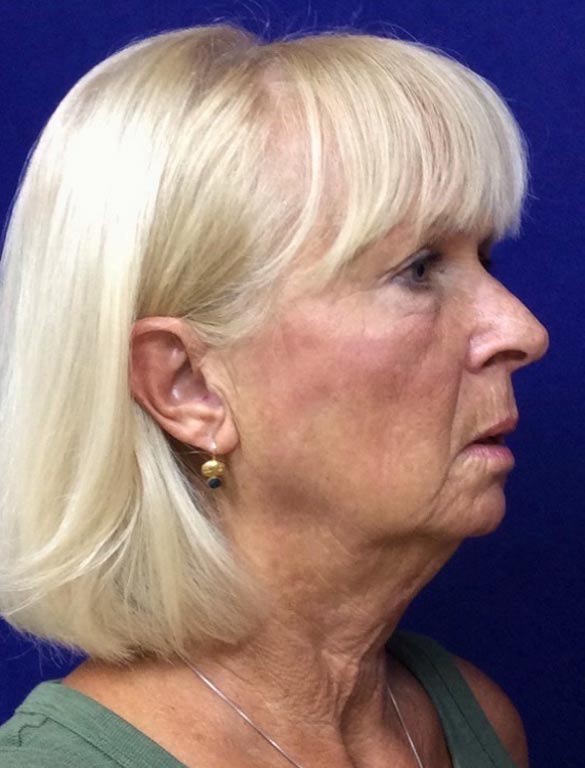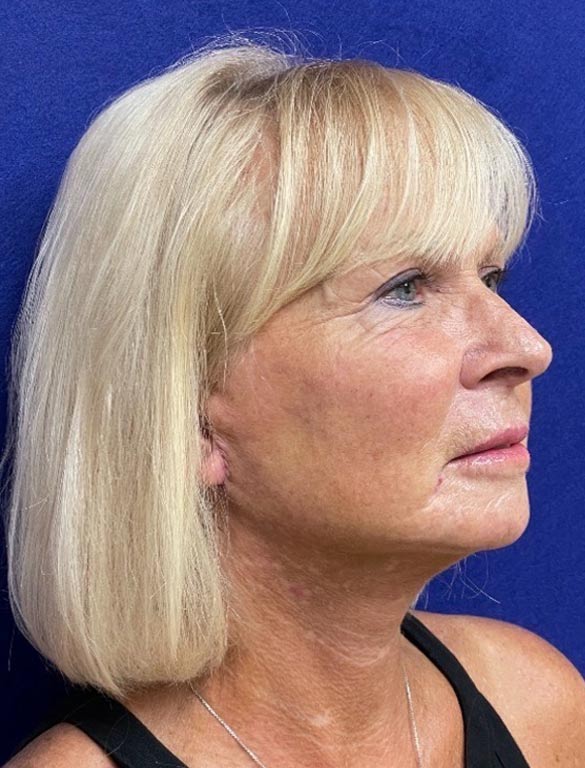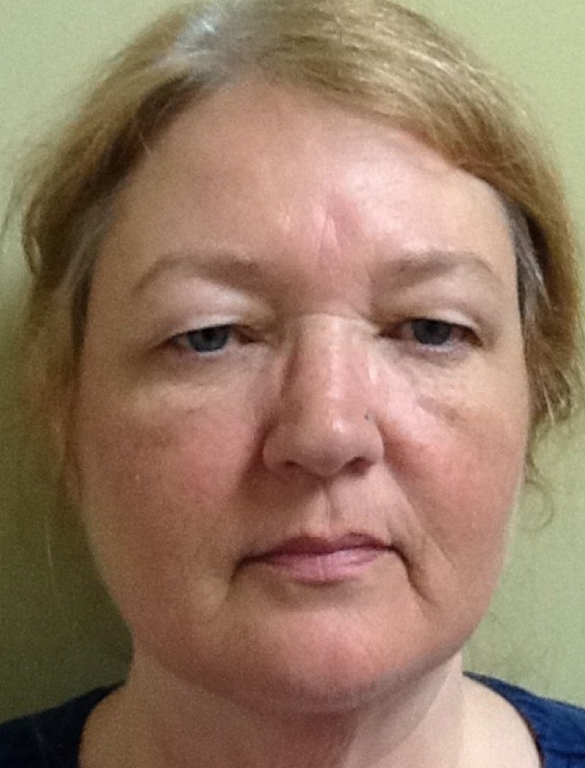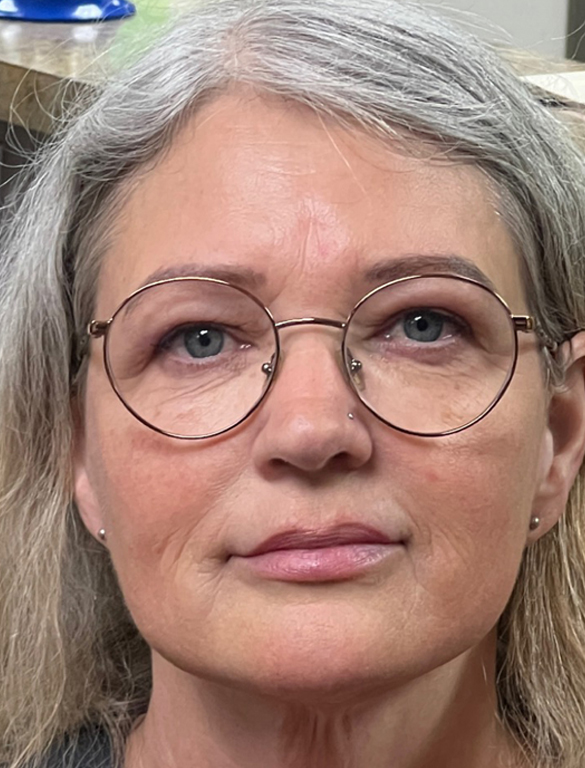Dermatitis Treatment
Conveniently located to serve the areas of Fenton, Sterling, Livonia, MI and San Diego, CA

Most cases of dermatitis are identified by a physician observing the area of the irritation. In some cases, a skin scraping may be performed to identify microscopic causes. If allergic contact dermatitis is suspected, a patch test may be performed.
Generally, dermatitis is any type of inflamed skin disorder, including conditions such as:
- Irritant contact dermatitis — Caused when the skin comes in contact with an irritating substance
- Atopic dermatitis — usually occurs in the folds of the elbows, behind the knees, and on the neck
- Seborrheic dermatitis — usually occurs on the oily areas of the body, such as the face, chest, and scalp
- Allergic contact dermatitis — caused by direct contact with allergens
- Stasis dermatitis — caused by fluid build-up from varicose veins or other circulation issues
How to Treat Dermatitis
When seeking treatment for dermatitis, the first step is to identify the dermatitis type you are suffering from, and then to eliminate the cause if possible.
Many mild cases of dermatitis and inflammation can be treated with hydrocortisone creams that are available over the counter. In some cases, a physician can prescribe a corticosteroid cream to help reduce inflammation and to aid in the healing of the irritated skin. Additionally, antihistamines can relieve itching.
Should the dermatitis progress to a secondary infection, antibiotics may be required. Several cases of dermatitis can require corticosteroid injections or pills. Other methods for treating dermatitis are determined by the type and area.
Dandruff shampoos can be used to treat seborrheic dermatitis. These products are effective as they contain sulfur, selenium, salicylic acid, ketoconazole, or zinc pyrithione. If chemicals are the cause of contact dermatitis, the contact dermatitis treatment usually involves avoiding contact with the chemical; however, medications with antihistamines and corticosteroids can be used to relieve symptoms. Stasis dermatitis is often treated through the use of compression stockings and elevating the legs. Nummular dermatitis is often treated with moisturizing lotions, along with a prescription-strength corticosteroid cream. Because there are so many different types and causes of dermatitis, you should consult a doctor should symptoms persist or progress to more serious conditions.
Contact
At the Skin and Vein Center, our team of experienced professionals will be able to discuss your individual cases, as well as diagnose any possible case of dermatitis. We will also be able to prescribe and guide you through the process of treating dermatitis so that you will get relief from your painful or unsightly symptoms, as well as regaining healthier skin. Schedule your consultation today!

